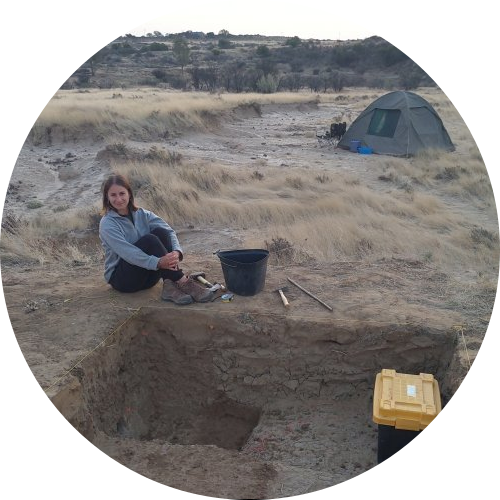
Richard, Maïlys
Chargée de recherche
Maïlys Richard holds a Ph.D. in Geochronology and Prehistory from the National Museum of Natural History in Paris. Her primary research theme is the chronology of population dynamics in Eurasia and Africa during the Middle and Late Pleistocene, using electron spin resonance, uranium-series and luminescence dating methods.
Since 2023, she is a CNRS researcher at Archéosciences Bordeaux, with a research project combining dating and characterisation methods to improve the timeline of occupations related to Homo neanderthalensis and early Homo sapiens. She is currently involved in several research projects in France, Germany, Italy, Portugal, Macedonia, Israel, Morocco, Tunisia, Tanzania and South Africa.